The John Day River is one of Oregon’s most scenic and enticing multi-day floats, and because it flows undammed for 281 miles to join the Columbia River, there are several different sections one can choose to float depending on time, water levels, and the desired scenery. The segment for which the John Day is best known is the scenic 70-mile stretch that leads from the town of Clarno down to the boat ramp near Cottonwood Canyon State Park; while beautiful, this stretch is a commitment both in terms of time and resources. Low water levels and upstream winds can make a 70-mile trip a little daunting; fortunately there are plenty of shorter options for those who are still hungry to experience this beautiful Eastern Oregon waterway.
The river segment that leaves from the town of Service Creek and continues down to Clarno is just such an alternative. Like the longer section, it has a Wild and Scenic designation. And at 47 miles, this section is doable in three days. Two days isn’t out of the question at higher flows, and four days may be more appropriate when water levels are low (and the phenomenal bass fishing heats up). Technically this is an easier stretch of water to float; there are a few Class II rapids that become slightly more pushy at high flows, but nothing on this segment approaches the difficulty of Clarno Rapids (Class III) in the segment below Clarno. Best of all, boaters will still get some exposure to the classic basalt cliff formations for which the John Day River is known. These formations rise up from the river with a vertical prominence, towering over camps, pools and riffles, and the fluid origins of these rock formations are obvious in magnificently warped basalt columns. Look for big horn sheep in the upper stretches of this segment along with elk, mule deer, bear. In the water, Chinook salmon and steelhead run straight up from the Columbia in cooler seasons, and the hot summers, when water temperatures are positively tepid, belong to bass. If you’re lucky, you may spot a river otter as well.
In general, this is a very friendly float to plan for, though some consideration should be given to floating distances and camp objectives. Boaters should be aware that there are almost no official campsites in the final 11 miles of this float, a reality that might help shape the distance decisions that are made earlier in the trip. Private land lines both sides of the river in this portion, so camping options are few. Oregon law allows boaters to overnight below the high-water mark, but river flows, stones, and marshlands may eliminate options that appear viable on a map. There may be good options for you depending on your trip size and the flexibility of participants, but the safer choice is to plan on a long float on the final day.
This section of the John Day River is also much more agricultural. You’ll see more private land along the banks of the river, more crops, and more livestock. In some cases you’ll be able to spot places where livestock has taken a great toll on the riverbank, denuding it of vegetation and transforming it into mud and excrement. This, combined with the abundant chemical agricultural runoff, means that some caution should be exercised as you interact with the water. Always bring all of the water that you need on the river; filters may take care of giardia and e.coli, but no filter can remove pesticides, herbicides, or fertilizer.
Note that there are several less developed boat ramps along this segment that offer boaters alternatives for distances. The tradeoff is that the roads accessing these ramps may be long and dusty. Twickenham Boat Launch is about 10 miles downstream from Service Creek and has paved access; Priest Hole has a boat ramp about 10 miles below Twickenham; and boat access is available at Burnt Ranch (river mile 132.8). It is hard to beat the convenience of Service Creek, however: Service Creek Campground is located adjacent to the boat ramp, and the Service Creek store, restaurant, and shuttle service is located less than a mile up Highway 19.

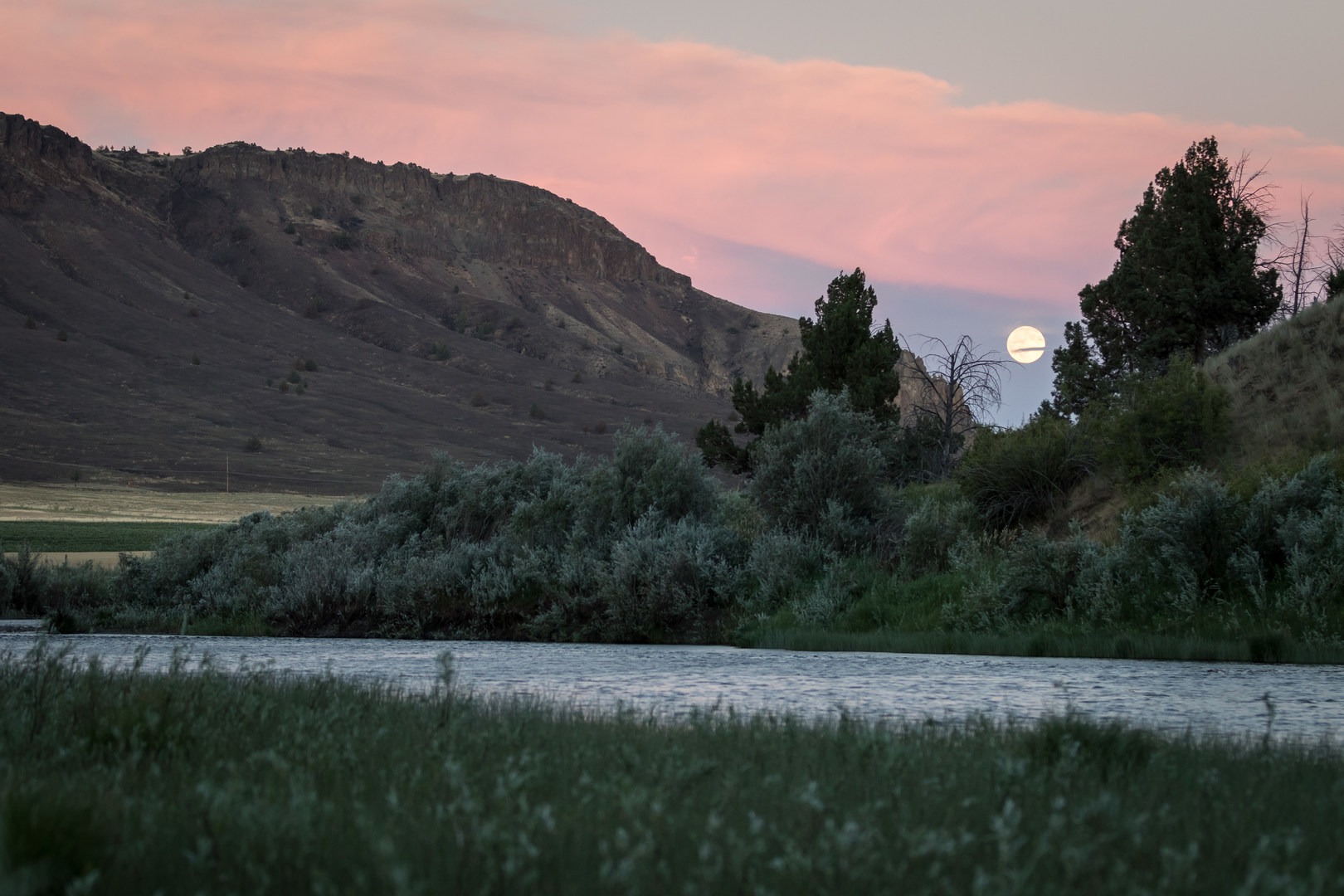
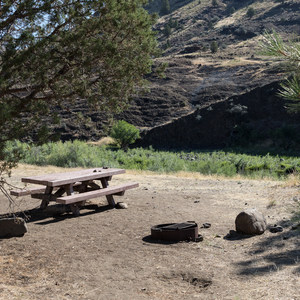
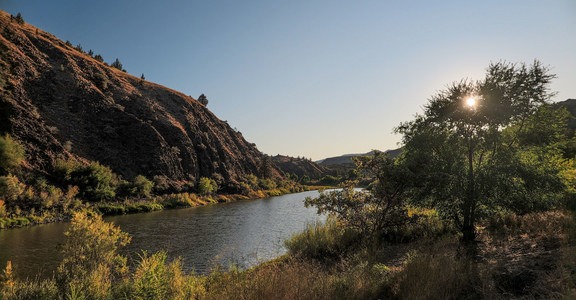
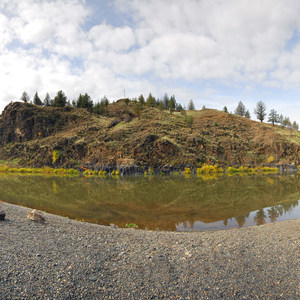
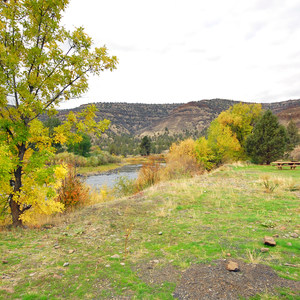



Comments
However, there are no campsites available on the private farmland at Twickenham, between miles 146.5 and 139.5 and again between 135.5 and 133. The last campsites before Twickenham are at the double bends, just downstream of mile 147. They are not shown on the map but appear to be good sites on river left.
Gradient and water quality drop off after Twickenham, but there’s still decent current and the water is still swimmable.
If you take out at Burnt Ranch, you have the option of heading south toward Mitchell or taking a slightly rougher 40 mile road north to Antelope.
Sign In and share them.